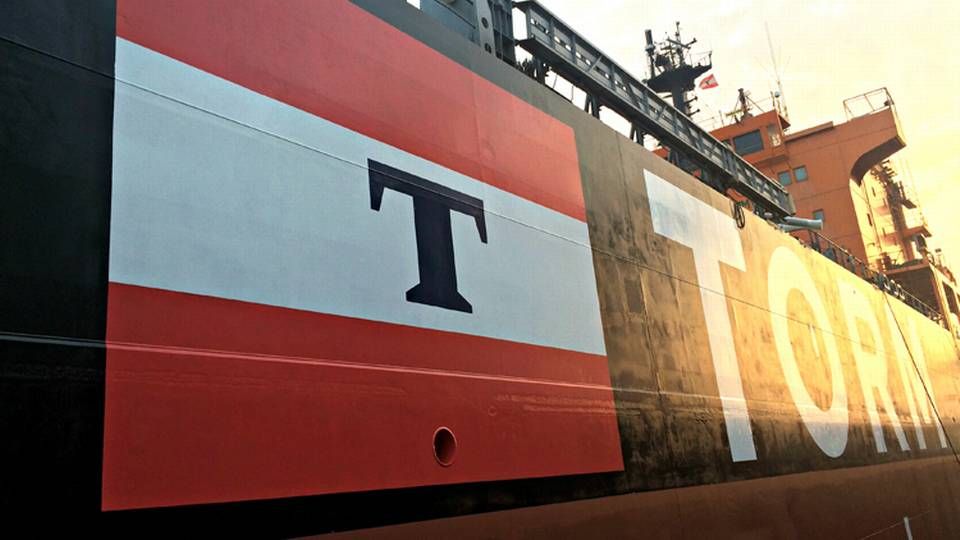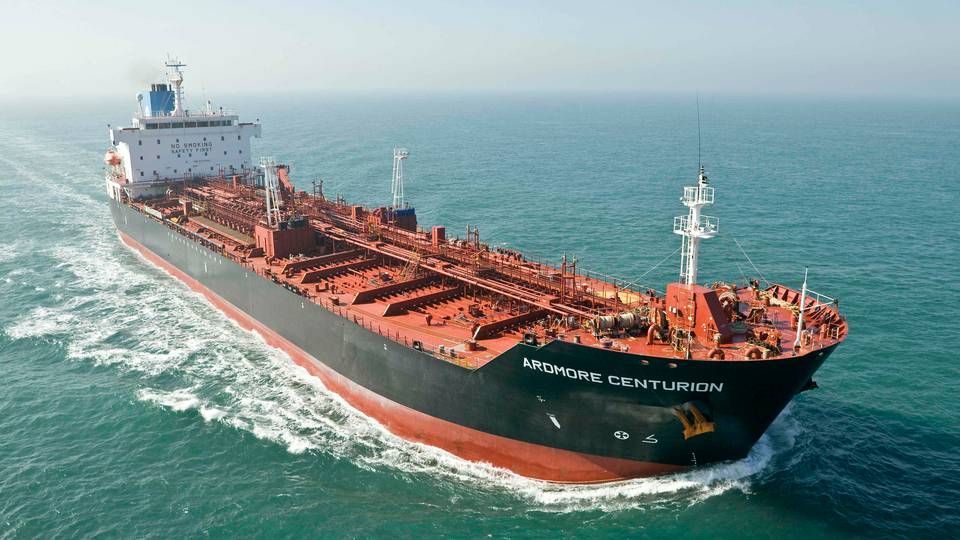Who will make the first move in product tanker consolidation?

The consolidation of product tanker carriers has ground to a halt, even though all stakeholders seem to agree it is a good idea.
In the past couple of years, chief executives, investors and analysts have in unison pointed to the need for consolidation in the strained market.
Creating bigger companies with higher market caps will attract interest among the biggest investors and make stocks more liquid, the argument goes.
But despite widespread agreement about the benefits of consolidation, the market has been conspicuously quiet in the recent year.
In May 2017 Scorpio Tankers made the first move by acquiring competitor Navig8 in a transaction that was predicted by many to be the start of an acquisition race in the product tanker sector.
That has not been the case.
Beyond a few minor transactions, the major players have either not acted or have been quietly focused on preparing their own company for a potential consolidation wave.
"Though the product tanker market is rife with talk of consolidation, we have only as yet seen the one merger between Scorpio Tankers Inc. and Navig8 Product Tankers. Shipowners have certainly participated in consolidation discussions, but there is no clear sign of any movement towards this direction en masse," says Anu Das, senior analyst at S& P Global Platts in Singapore.
Several players stirring
The lack of action does not stem from a shortage of companies that could benefit from joining forces. When talk turns to consolidation, the list of candidates is as long as it is packed with big names.
These typically count Scorpio Tankers, Torm, Maersk Tankers, Hafnia Tankers, Ardmore, d'Amico International Shipping, Diamond S and BW Pacific, while some chemical tanker owners could also be in the mix.
Several of these players have also been stirring in the past year or so.
After booking a massive impairment on its vessels, Maersk Tankers was sold to an investment unit controlled by the Mærsk family, and the company thus has more room to either make acquisitions or merge with a competitor.
Meanwhile, Torm realized its plans for a dual listing in Denmark and in the US, when the company finally completed its New York listing in January 2018, at which point owner Oaktree also injected fresh capital into the carrier.
In a somewhat less noticed development, oil trader Gunvor Group has formed a joint venture with Oceangold Tankers for six product tanker ships, which will be placed on long-term contracts for Gunvor's shipping division Clearlake.
But there is by now a feeling that the shipping companies and their owners are most of all staring at each other to see who blinks first.
Torm could take the lead
Anu Das, senior analyst at S&P Global Platts, sees three tanker shipping companies as being ready for a takeover.
"Some possible consolidation candidates could include Ardmore, BW, and Hafnia Tankers. The Maersk tanker division could also be a possible candidate," she tells ShippingWatch.
On the other hand, she mentions Torm as a company that, after its listing in New York, now has the means and the setup to take the lead in a consolidation – a view that is shared by sources in the banking sector.
"Torm has received a capital injection of USD 100 million, which Executive Director Jacob Meldgaard has said could be used for potential acquisitions that could result in consolidation at the industry level," says Das.

The question then becomes: Why has there not been more activity?
After a couple of strong years, product tanker owners are now struggling through a protracted low, where a low oil price and packed deposits have put a damper on demand, while many new ships have increased supply and forced rates down to the lowest level in almost a decade.
However, many factors indicate that the bottom has just about been reached. And in light of the fact that many investors have made good profits on entering dry bulk, which bottomed out in 2016, there are signs interest could now turn to product tanker.
Several of the funds that made product tanker investments 3-5 years ago are also starting to think about whether it might be time to move on, which could be driver that is need to spur consolidation.
Hafnia CEO: Stock prices need to increase
Hafnia Tankers CEO Mikael Skov agrees there is a need to consolidate, though he says that stock prices need to be a bit higher before the time is right – otherwise it will not make sense for the current owners to let go of their investments.
"Looking at how listed shipping companies are generally priced in terms of net asset value, it reflects that there hasn't been significant investor interest and confidence in better markets. There's a need for higher valuation of the listed companies, before we see a consolidation in product tankers, as part of the consolidation's purpose is to create liquidity for the current investors in the various companies," Skov tells ShippingWatch, adding that it would also help if the rates increase to slightly higher level.
"I think you'll see more activity in terms of consolidation once the stock markets price listed shipping companies a little better, and once the freight markets improve a little," says Skov, though he declines to comment on speculations about whether Hafnia Tankers is a potential acquisition candidate.
One explanation cited by several chief executives, albeit off record, is a feeling that not all CEOs are equally interested in consolidating, as only one executive team remains in place once companies are merged.
But Skov does not place much heed in this argument.
"I personally find it difficult to imagine that any chief executive can or should block the move if it represents the right business opportunity for shareholders," he says.
Like Torm, Hafnia Tankers has for a long time been working toward a New York listing, but unlike its competitor, the company has yet to realize this ambition. But Hafnia Tankers is still looking to grow, says Skov.
English Edit: Daniel Logan Berg-Munch
"It makes sense that there are more and bigger players emerging"
Torm is open to consolidation in product tanker
Consolidation wave could be in store for product tanker



















